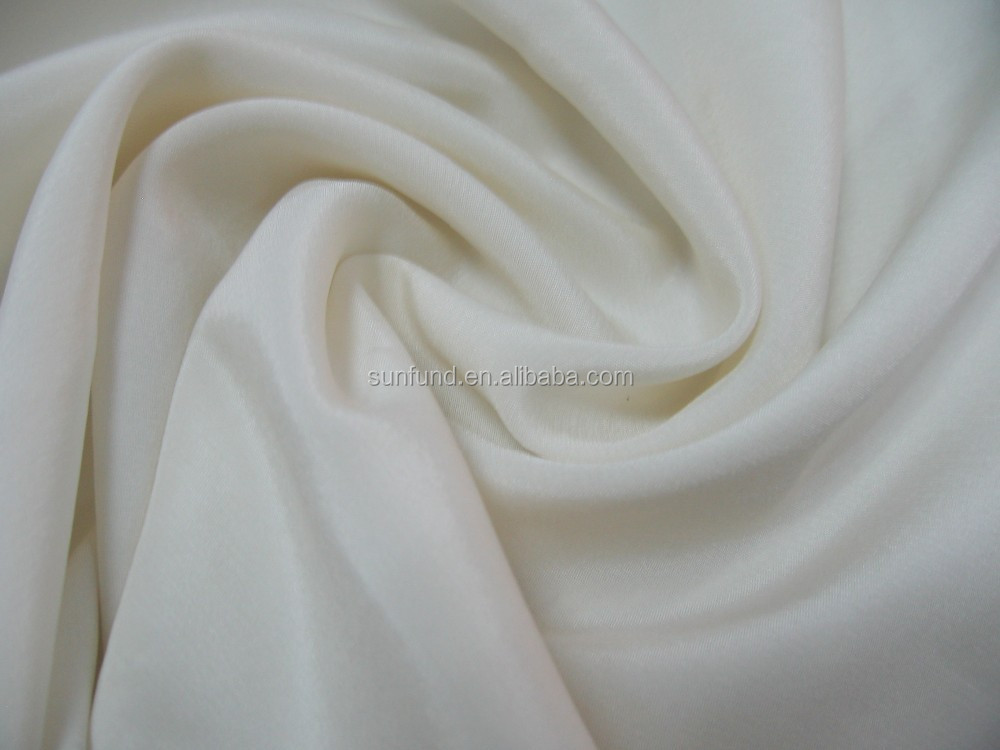Title: The Difference between Silk and Tussah Silk
Tussah silk and silk are both natural fibers, but there are some differences between them. Tussah silk, also known as er Silk, is produced by the tussah moth, which is a type of silkworm. It is harvested from the cocoons of these worms and is often used to make a variety of products, including clothing, accessories, and even medical supplies. Silk, on the other hand, is produced by the domestic silkworm and is also harvested from cocoons. It is smoother and more delicate than tussah silk, and is often used to make high-end clothing and accessories.The main difference between the two silks lies in their texture and quality. Tussah silk has a coarser texture and is not as smooth as silk. It also tends to be stronger and more durable, making it a good choice for products that need to last longer. Silk, on the other hand, is much smoother and more delicate, and needs to be handled with more care. It is also more expensive than tussah silk, making it a luxury choice for many consumers.Overall, tussah silk and silk are both natural fibers with their own unique qualities and uses. Tussah silk is stronger and more durable, while silk is smoother and more delicate. The choice between the two silks depends on the specific needs of the product being made and the budget of the consumer.
Tussah silk, also known as wild silk, is a type of silk that has been gaining popularity in recent years. It is produced by the larvae of the tussah moth, which is a species of moth found in certain parts of the world, primarily in Asia. Tussah silk has a unique texture and appearance that sets it apart from traditional silk, making it highly desirable for use in a variety of applications, such as clothing, accessories, and even some medical uses. However, there are some key differences between tussah silk and traditional silk that are worth exploring.
Firstly, the production process of tussah silk is quite different from traditional silk. Traditional silk is produced by the larvae of the Bombyx mori moth, which are domesticated and fed a specific diet to encourage them to produce more silk. The tussah moth, on the other hand, is a wild species that is not domesticated. Its larvae are allowed to grow and develop naturally, without any artificial intervention. This natural process of growth and development gives tussah silk its unique texture and appearance.

Secondly, the texture of tussah silk is also different from traditional silk. Traditional silk has a smooth and sleek texture that is highly prized for its elegance and comfort. Tussah silk, on the other hand, has a more rugged and textured appearance that is caused by the natural growth process of the tussah moth larvae. This rugged texture gives tussah silk a unique and interesting look that is becoming increasingly popular in fashion and design circles.
Thirdly, the color of tussah silk also differs from traditional silk. Traditional silk is primarily produced in white or off-white colors, although some varieties can be found in other colors as well. Tussah silk, on the other hand, is available in a much wider range of colors, including deep reds, vibrant blues, and even some fluorescent colors that are created when the larvae are exposed to certain wavelengths of light. These unique color variations make tussah silk an exciting and vibrant addition to any wardrobe or design project.

Fourthly, the durability of tussah silk is also different from traditional silk. Traditional silk is known for its incredible durability and longevity, able to withstand the test of time even when subjected to harsh conditions. Tussah silk, on the other hand, is not as durable as traditional silk. It is more prone to wear and tear, and may not last as long when subjected to constant use or exposure to sunlight. However, this does not necessarily mean that tussah silk is not as good as traditional silk; it just means that it needs to be treated with a little more care and attention to ensure its longevity.
In conclusion, there are several key differences between tussah silk and traditional silk that are worth taking into account when considering using either type of silk in your wardrobe or design project. Tussah silk offers a unique and interesting alternative to traditional silk, with its natural growth process, rugged texture, wide range of colors, and slightly reduced durability. Whether you choose to use tussah silk or traditional silk, it is important to understand the differences between them so that you can make an informed decision about which type of silk is best suited to your needs.

Articles related to the knowledge points of this article:
Title: The Evolution of the Tie: A Journey Through Time and Culture
Title: Mastering the Art of Tie-in with Summer Scarves: A Guide to Various Ways to Tie Your Scarf
The style of coat and down jacket
Title: The rise of brand-name down jackets in the fashion industry
Title: Exploring the World of Silk Scarves Wholesale: A Comprehensive Guide (探索丝巾批发世界, 全面指南)



